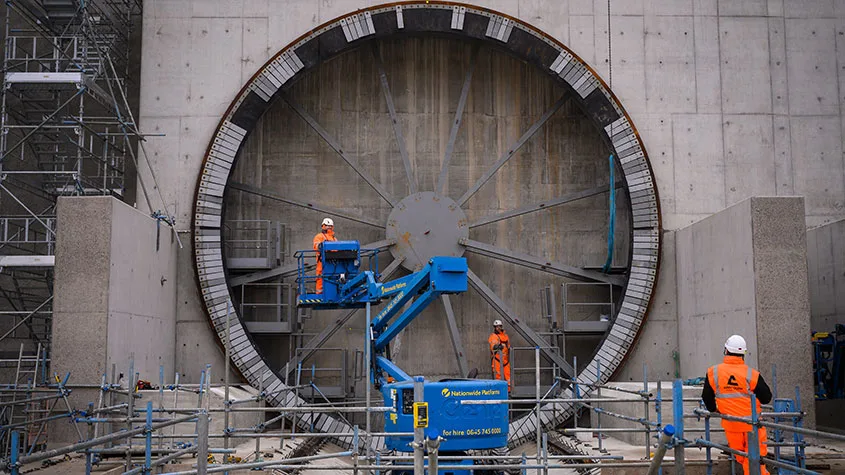With markets rattled after Friday’s mini-Budget, you may not have noticed chancellor Kwasi Kwarteng’s move to raise the pensions charge cap.
What is the pensions charge cap?
The pensions charge cap – currently 0.75% – is set by the government and is a limit on how much savers into defined-contribution (DC) pensions can be charged in their scheme’s default funds.
Most workers’ contributions are invested in their scheme’s default fund if they don’t choose an alternative.
The charge cap can limit where pension funds invest, meaning that fund managers cannot access high risk investments, such as infrastructure and renewable energy projects or other illiquid assets, due to high fees.
These higher risk investments often – but not always – come with higher returns. But they do tend to charge higher fees. The current cost of workplace pension schemes typically is much cheaper than the cap, generally around 0.4% to 0.5%.
Becky O’Connor, head of savings and pensions at Interactive Investor, says so far the pensions charge cap has been a “blocker to private investment by pension funds in big infrastructure projects, because investment managers haven’t been able to deliver them and also keep charges for workplace savers under the 0.75% cap.”
